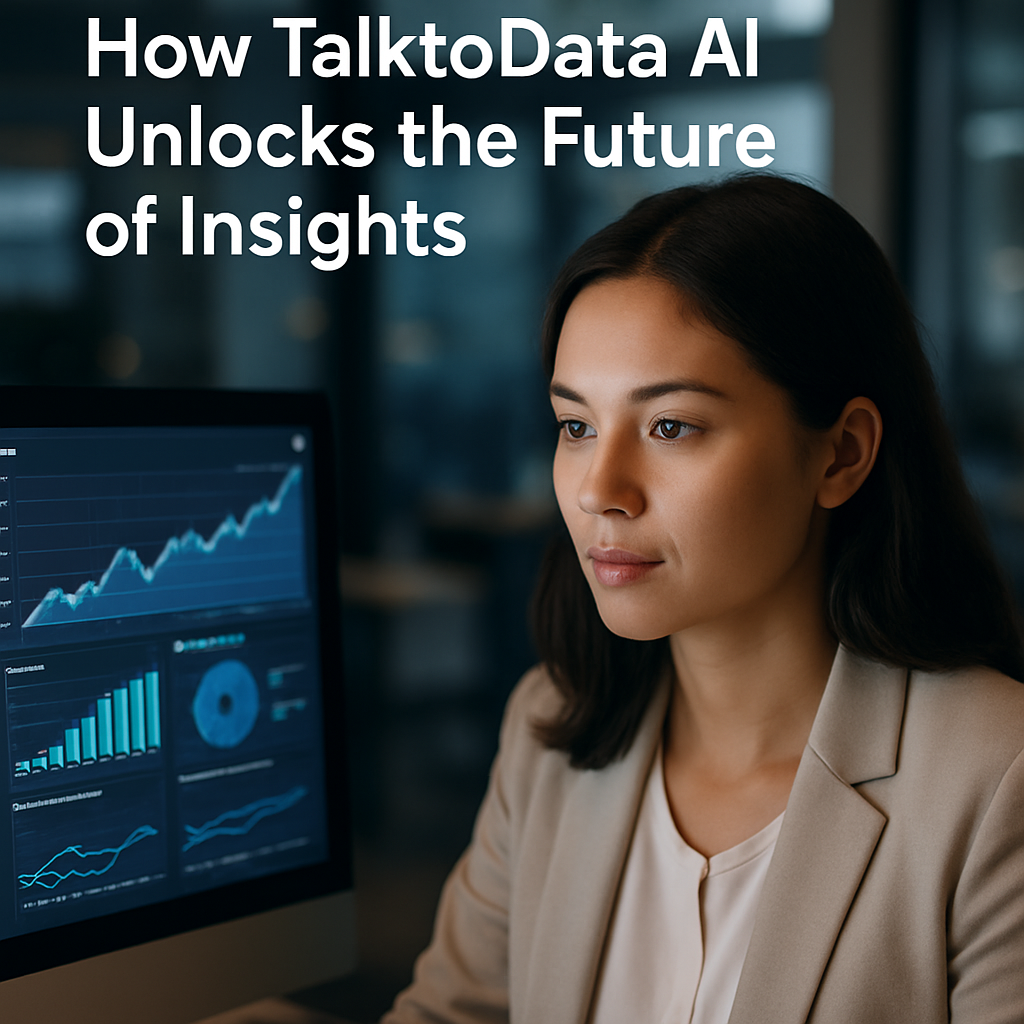
Advanced Forecasting Techniques
Introduction:
How can experts refine their predictive powers and stay one step ahead of the competition? For experienced practitioners seeking deeper insights, the quest for more precise forecasts never ends. In an era defined by rapidly shifting consumer preferences, volatile financial markets, and complex supply chain networks, organizations must leverage sophisticated forecasting tools to remain resilient. It’s no longer enough to rely solely on basic models or simple extrapolations. Instead, Advanced Forecasting Techniques help you capture subtle patterns and interactions that less robust approaches might overlook.
In this blog post, we dive into advanced forecasting methods and strategies designed for seasoned professionals. You will discover how techniques like predictive modeling, machine learning, complex time series methods, and Monte Carlo simulations push forecasts into new frontiers. Drawing on real-world examples and best practices, we will explore how each technique can be integrated into a practical, results-oriented strategy. By embracing these cutting-edge methods, you can enhance the accuracy of your projections and drive more informed decision-making across finance, operations, marketing, and beyond. Ready to take a deeper look? Let’s begin this journey into the world of advanced forecasting.
Harnessing Predictive Modeling for Greater Accuracy
Predictive modeling remains a cornerstone of Advanced Forecasting Techniques, offering a structured approach that merges statistical acumen with industry expertise. Yet, how do you know which type of model best fits your situation? Often, forecasters begin with linear or logistic regression to uncover basic relationships in the data. Over time, they might shift to decision trees, random forests, or gradient boosting methods to capture nonlinear relationships. This evolution allows them to detect hidden signals that a simple model might overlook.
Consider the case of a global retail chain aiming to optimize its inventory management. Beyond examining the obvious factors such as seasonality and historical sales, this retailer applies advanced predictive modeling that incorporates customer demographics, regional economic trends, and competitor promotions. By adding these extra layers of data, forecasts become more nuanced and accurate. The result? Fewer stockouts during peak seasons and less excess inventory sitting idle.
Why does this matter? Companies often need to forecast demand months in advance, and a small percentage error can translate into significant real-world losses or missed opportunities. By utilizing advanced predictive modeling, organizations can confidently plan key decisions around resource allocation, workforce management, and product development. Additionally, if you integrate deep learning approaches, such as neural networks, you can capture complex interactions that go beyond what traditional regression-based methods can handle. This multi-dimensional perspective ultimately reduces risk, allowing you to seize opportunities while maintaining operational efficiency.
Machine Learning: Elevating Forecasting to New Heights
Machine learning (ML) algorithms have become synonymous with advanced analytics and are steadily transforming how experienced practitioners approach forecasting. While traditional statistical methods rely on certain assumptions about data distributions, ML-based techniques learn directly from the data without rigid constraints. This flexibility enables them to handle diverse scenarios—from forecasting sporadic item sales in e-commerce to predicting fluctuations in international currency exchange rates.
Take, for instance, an energy company attempting to derive more accurate forecasts for electricity consumption. Historical usage data alone may not suffice in light of climate change, evolving consumer habits, and the growing adoption of smart meters. ML approaches—like gradient boosting machines or long short-term memory (LSTM) networks—can incorporate weather forecasts, regional demographic patterns, and even real-time consumption trends. By iterating over thousands of data points, these algorithms adapt faster and deliver real-time updates, providing a strategic advantage in a highly competitive market.
Yet, success with ML depends on more than just algorithm choice. The data preparation process—featuring robust cleaning, transformation, and feature engineering—lays the groundwork for meaningful insights. Additionally, model interpretability remains essential, especially in heavily regulated sectors such as finance and healthcare. Tools like SHAP (SHapley Additive exPlanations) help practitioners understand how different factors influence a prediction, building trust in ML-driven outcomes. When implemented responsibly and combined with domain expertise, machine learning can reshape forecasting into a proactive, dynamic process rather than a static, one-time event.
Complex Time Series Analysis: ARIMA, SARIMA, and Beyond
Time series analysis has long been at the heart of forecasting, but newer forms of ARIMA (AutoRegressive Integrated Moving Average), SARIMA (Seasonal ARIMA), and more advanced augmented models are offering breakthroughs at scale. Traditional ARIMA models assume that past data patterns—like trends and seasonality—are consistent predictors of the future. While this premise is powerful, seasoned forecasters know that real data often involves cyclical behaviors, external shocks, or one-off events that standard models can’t fully capture.
Enter the expanded family of time series models that incorporate exogenous variables (ARIMAX), or blend classical approaches with machine learning to address unstructured data like social media sentiment or macroeconomic indicators. For example, a subscription-based streaming service might supplement its SARIMA-based forecast of viewer demand with signals from online buzz, recognizing that a new series premiering or a celebrity endorsement can spark sudden changes in consumption patterns.
These enhancements help adjust to irregularities and short-term fluctuations. Additionally, practitioners have begun leveraging advanced frameworks like Prophet (developed by Facebook) which combine trend and seasonality detection with flexible parameters. The bottom line? Modern time series techniques have evolved far beyond rigid approaches, merging classical statistical rigor with the adaptability of machine learning. This evolution ensures that each forecast is as robust as possible, giving you a clearer roadmap for allocating resources, scheduling employees, or launching new product lines. For a deeper dive, resources like the Forecasting: Principles and Practice textbook provide excellent case studies and step-by-step guides.
Monte Carlo Simulations: Navigating Uncertainty with Confidence
Uncertainty is inevitable in any forecasting endeavor, but Monte Carlo simulations offer a powerful way to quantify and manage that uncertainty. By running thousands or even millions of simulations, you generate a distribution of possible outcomes rather than a single-point estimate. This helps you understand the range of plausible scenarios, enabling more informed risk management and decision-making.
Imagine a multinational finance company deciding whether to expand into emerging markets. Simple forecasting might overlook political instability or sudden regulatory changes. However, Monte Carlo simulations can incorporate these variables as probability distributions, enabling you to see not just a baseline scenario, but also best- and worst-case trajectories. This method can be equally effective in supply chain management, where disruptions like natural disasters or labor strikes generate unpredictable outcomes. By modeling potential risks, you equip yourself with contingency plans and buffer strategies.
Beyond risk analysis, Monte Carlo simulations also highlight sensitivity: they reveal which inputs most sway the final result. Identifying the “levers” in your predictive model—such as consumer demand elasticity or commodity price fluctuations—empowers you to adjust rapidly if those inputs change. Whether you’re exploring new markets or launching product lines, Monte Carlo simulations are a key addition to your toolkit of Advanced Forecasting Techniques, enabling you to proceed with confidence when uncertainty looms large.
Implementation Strategies and Continuous Improvement
Even the most sophisticated forecasting technique won’t deliver results without a solid implementation plan. A common pitfall is deploying an advanced model but failing to adapt organizational processes, rendering the insights underutilized. To avoid this scenario, start by forming cross-functional teams that include data scientists, domain experts, and decision-makers. Their combined expertise ensures that models reflect both mathematical rigor and real-world relevance.
Next, consider how you will integrate these forecasts into your existing systems. For instance, linking a demand forecast to your enterprise resource planning (ERP) platform enables automatic purchase orders when stock dips below certain thresholds, reducing manual intervention. Similarly, bridging forecasting outputs with marketing automation tools can refine promotional timelines based on expected consumer demand. This level of integration transforms forecasts from static predictions into proactive signals driving everyday operations.
Finally, prioritize continuous improvement through regular model evaluations and refinements. Forecasting is cyclical, and new data emerges daily. By comparing predicted values with actual results, you can pinpoint inaccuracies and adjust your methods. This feedback loop allows you to refine your models, incorporate fresh data sources, or experiment with new algorithmic approaches. Remember that even Advanced Forecasting Techniques benefit from iterative tuning, ensuring long-term value and competitive advantage.
Conclusion
Advanced Forecasting Techniques provide the depth and sophistication that experienced practitioners need to stay ahead in today’s fast-paced markets. From predictive modeling and machine learning to dynamic time series analysis and Monte Carlo simulations, these methods equip you to tackle complex challenges and enhance strategic decision-making. The journey, however, does not end with implementation. Rather, it begins anew as you continuously refine your approach, integrate new data sources, and adapt to evolving business landscapes.
As you explore these advanced strategies, consider how they might intersect and reinforce each other—often the best results emerge when multiple methods are combined. How will you reshape your organization’s forecasting game? We invite you to share your experiences or questions in the comments below. Your insights could spark new ideas for others, fostering a collaborative community around advanced forecasting. Together, let’s continue pushing the boundaries of what modern forecasting can achieve.

